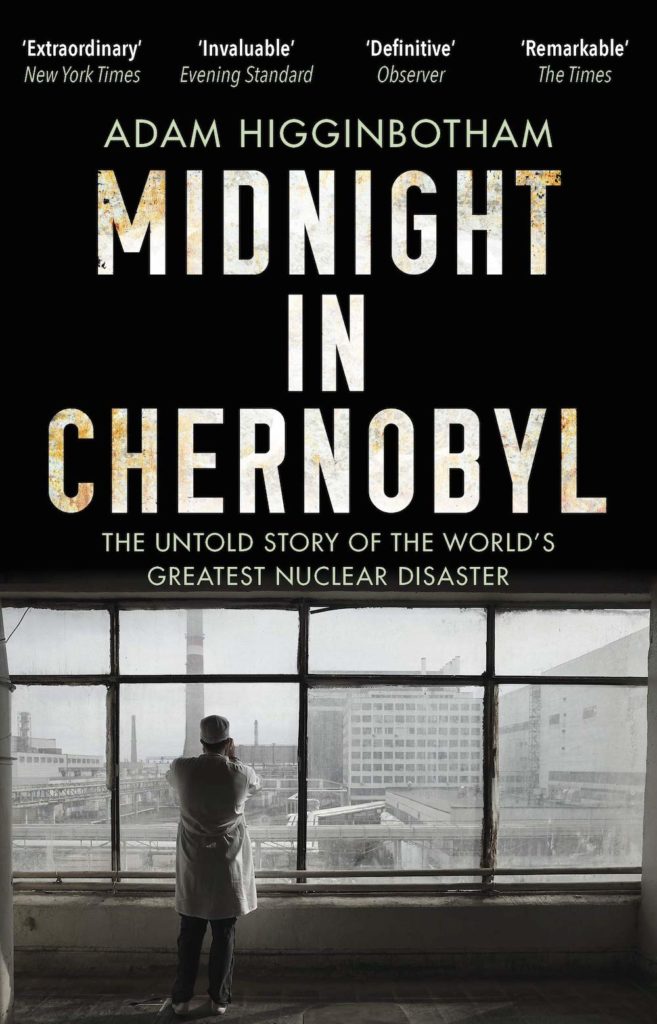I en atomreaktor er der brug for en moderator, kontrolstænger og køling (“coolant”). Moderatorens opgave er at sænke uran-neutronerne, så de kan ramme hinanden og starte en selvbevarende kædereaktion. Fx vand og grafit kan bruges som moderator.
“Should each fission fail to create as many neutrons as the one before, the reactor becomes subcritical, the chainreaction slows and eventually ceases, and the reactor shuts down. But if each generation produces more than one fission, the chain reaction could begin to grow to quickly”
“Around 99 percent of the neutrons generated in a single fission event are high-energy particles released at enormous speed – ‘prompt’ neutrons that travel at twenty thousand kilometers a second. Prompt neutrons smash into their neighbors causing more fission, continuing the chain reation, within an average of just ten nanoseconds. This fraction of time […] is much too fast to be controlled by any mechanical means. Fortunately, among the remaining 1 percent of neutrons generated in every vission event are a tiny minority on a time-scale more readily perceptible by man, measured in seconds or even minutes. It is only the existence of these delayed neutrons, which emerge slowly enough to respond to human control, that make the operation of a nuclear reactor possible at all.”
“The first Soviet reactors, copied from those built for the Manhattan Project, used both graphite and water. It was a risky combination: in graphite, a moderator that burns fiercely at high temperatures and in water, a potentially explosive coolant.”
Positiv og negativ void coefficient (“boblekoefficient”):
“When working normally, all nuclear reactors cooled by water contain some steam also circulating through the core, which forms bubbles, or ‘voids’, in the liquid. Water is a more efficient neutron moderator than steam, so the volume of steam bubbles in the water affects the reactivity of the core. In reactors that use water as both coolant and moderator, as the volume of steam increases, fewer neutrons are slowed, so reactivity falls. If too much steam forms – or even if the coolant leaks out entirely – the chain reaction stops, and the reactor shuts itself down. This negative void coefficient acts like a dead man’s handle on the reactor, a safety feature of the water-water designs common in the West.
But in a water-graphite reactor like Atom-Mirny-1, the effect is the opposite. As the reactor becomes hotter and more of the water turns to steam, the graphite moderator keeps doing its job just as before. The chain reaction continues to grow, the water heats further, and more of it turns to steam. That steam, in turn, absorbs fewer and fewer neutrons, and the chain reaction accelerates still further, in a feedback loop of growing power and heat. To stop or slow the effect, the operators must rely on inserting the reactor control rods. If they were to fail for any reason, the reactor could run away, melt down, or explore. This positive void coefficient remained a fatal defect at the heart of Atom-Mirny-1 and overshadowed the operation of every Soviet water-graphite reactor that followed.”
‘Midnight in Chernobyl’ af Adam Higginbotham, s. 35-39
